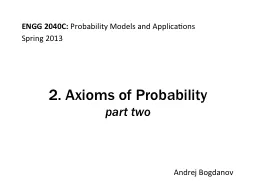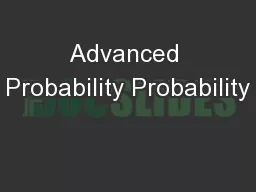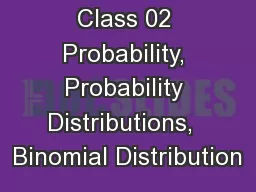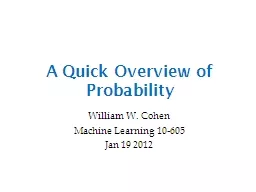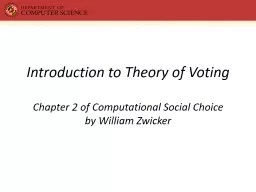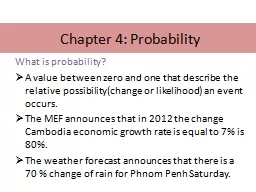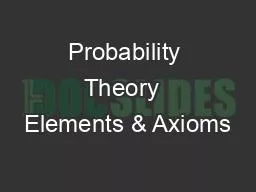PPT-2. Axioms of Probability
Author : mitsue-stanley | Published Date : 2019-03-15
part two Birthdays You have a room with n people What is the probability that at least two of them have a birthday on the same day of the year Probability model
Presentation Embed Code
Download Presentation
Download Presentation The PPT/PDF document "2. Axioms of Probability" is the property of its rightful owner. Permission is granted to download and print the materials on this website for personal, non-commercial use only, and to display it on your personal computer provided you do not modify the materials and that you retain all copyright notices contained in the materials. By downloading content from our website, you accept the terms of this agreement.
2. Axioms of Probability: Transcript
Download Rules Of Document
"2. Axioms of Probability"The content belongs to its owner. You may download and print it for personal use, without modification, and keep all copyright notices. By downloading, you agree to these terms.
Related Documents

